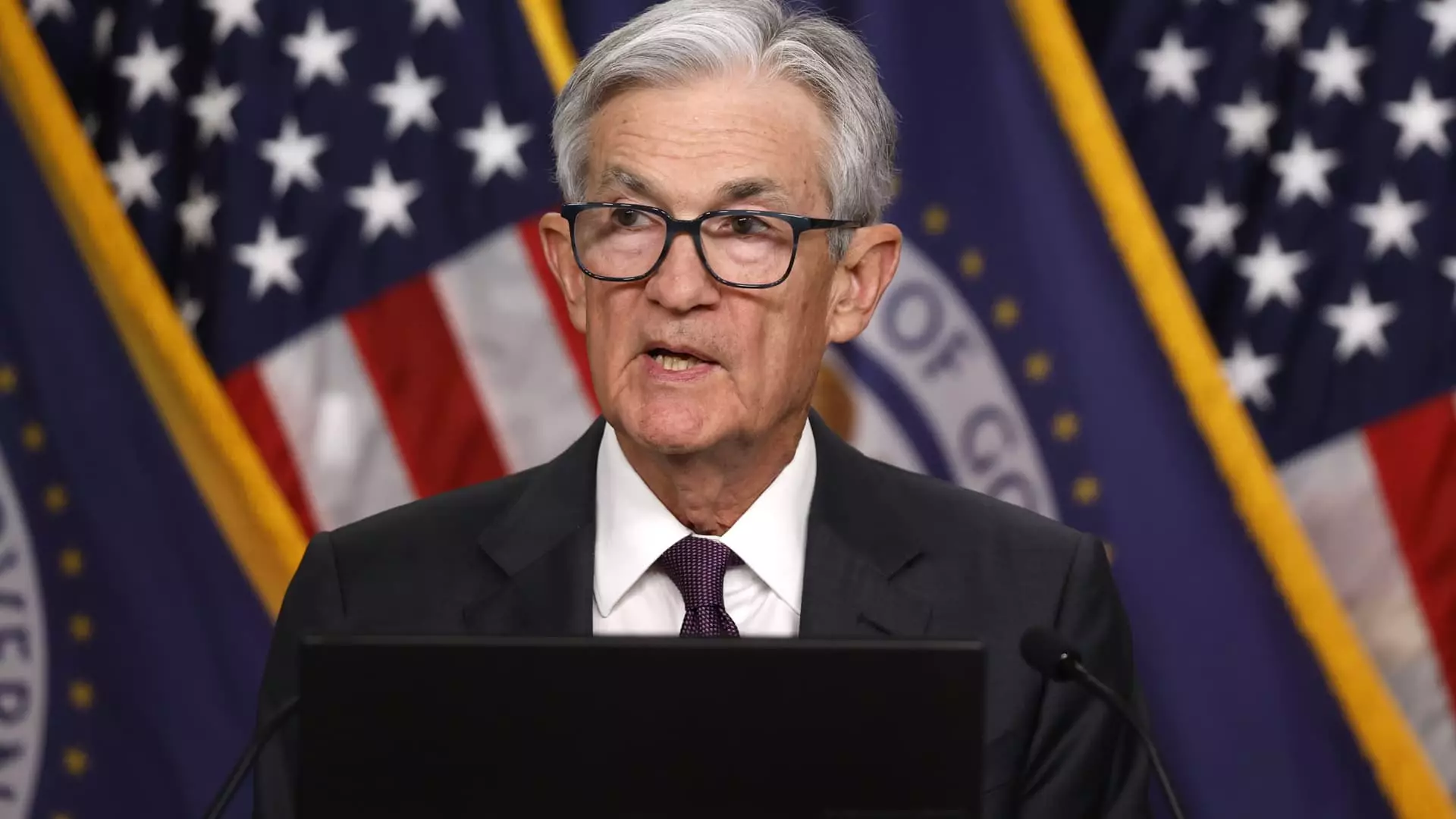The Federal Reserve’s recent decision to maintain a static interest rate amidst a swirling sea of economic unpredictability poses significant challenges to American workers. This moment of indecision is not merely a technical maneuver; it encapsulates a broader narrative of economic stagnation that could transform the current economic landscape into a disheartening tableau. The economy, characterized by a fragile equilibrium in growth and inflation, demands more than status quo management; it requires proactive, nimble leadership that aligns monetary policy with the realities faced by the everyday workforce.
The decision to hold interest rates steady at 4.25%-4.5% is perplexing—albeit not surprising—in the face of relentless trade tensions and uncertain consumer sentiment. While conservative economists argue for caution, fearing that slight shifts could send ripples through an already teetering economy, this approach reveals a susceptibility to inaction that seems both risky and outdated. For the American workforce, this stagnation may jeopardize job growth and wage increases, exacerbating economic insecurity.
A Warning from Within
In its post-meeting statement, the Federal Open Market Committee (FOMC) alluded to increasing uncertainty regarding economic conditions. While the specific word “tariffs” lingered conspicuously absent, their cold shadow looms large. Chair Jerome Powell’s comments, reflecting fears of demand-side shocks rendering the labor market vulnerable to layoffs, highlight a paradox: rising employment figures do not inherently equate to economic stability.
When the FOMC warns of a stagflationary scenario, suggesting that higher unemployment and inflation may coexist, it asks for our attention. The possibility that tariffs could exacerbate inflationary pressures while simultaneously constraining economic growth necessitates decisive strategic adjustments. Companies are already reporting anxiety regarding supply chain disruptions and unexpected cost-altering tariffs, leading to heightened uncertainty in hiring and investment—issues that disproportionately burden the working class.
The Tariff Treadmill: A Double-Edged Sword
Tariffs, often heralded by politicians as mechanisms to protect domestic jobs, ultimately risk becoming detrimental to those very wage earners they aim to safeguard. President Trump’s administration has historically promoted a strategy of harsh trade tariffs, which have only muddied the waters further. To tax imports is to impose a hidden tax on consumers and businesses alike; it increases operational costs and dampens spending—a recipe for economic malaise.
As companies grapple with elevated import costs, they are forced to make difficult decisions: cuts in hiring, freezes on wages, or passing on costs to consumers—outcomes that starkly contrast the narratives of prosperity projected by the administration. Wall Street may turn a blind eye to these realities, buttressed by the fleeting nature of stock market gains, but the cumulative effect on workers is profound and cannot be overstated.
An Economy Held Hostage by Political Whims
The Fed’s adherence to a wait-and-see approach amid ongoing tariff discussions signifies a broader deficiency in addressing the root causes of economic uncertainty. While the White House remains embroiled in negotiations, American workers are caught in a web of indecision that extends beyond mere monetary policy. The incessant nature of trade war headlines conveys an unsettling message to the labor force: their livelihood is at the mercy of political whims and national posturing.
Moreover, the indecisiveness of the Fed reflects a fear of tackling deeper systemic issues. A stagnant interest rate might momentarily mitigate inflation, but it does nothing to stimulate innovation or job creation. Implementing a more aggressive monetary policy or considering innovative fiscal strategies could foster dynamism within the labor market, ultimately benefiting workers rather than preserving the status quo.
The Path Forward: A Call for Proactive Policy
Given the complex interrelation of tariffs, inflation, and employment, it is imperative that the Fed shifts its stance from merely reactive to proactively engaging with these issues. Business leaders and policymakers need to redirect focus towards infrastructure investments, workforce development, and adaptive trade policies that uplift American workers rather than endanger their futures. A proactive approach—one that contextualizes economic policy within the realities faced by everyday people—could revitalize the nation’s economy and affirm the Fed’s commitment to an equitable labor market.
Ultimately, maintaining the current interest rate—while it may seem prudent—is a missed opportunity to lead a more inclusive economic agenda that not only preserves existing jobs but builds resilience for future challenges. In an era where uncertainty can easily become a self-fulfilling prophecy, a bold, decisive response is crucial to ensure the livelihood of countless workers across the U.S. After all, a thriving economy should not merely be a statistic; it must embody progress, security, and dignity for every worker within its confines.

